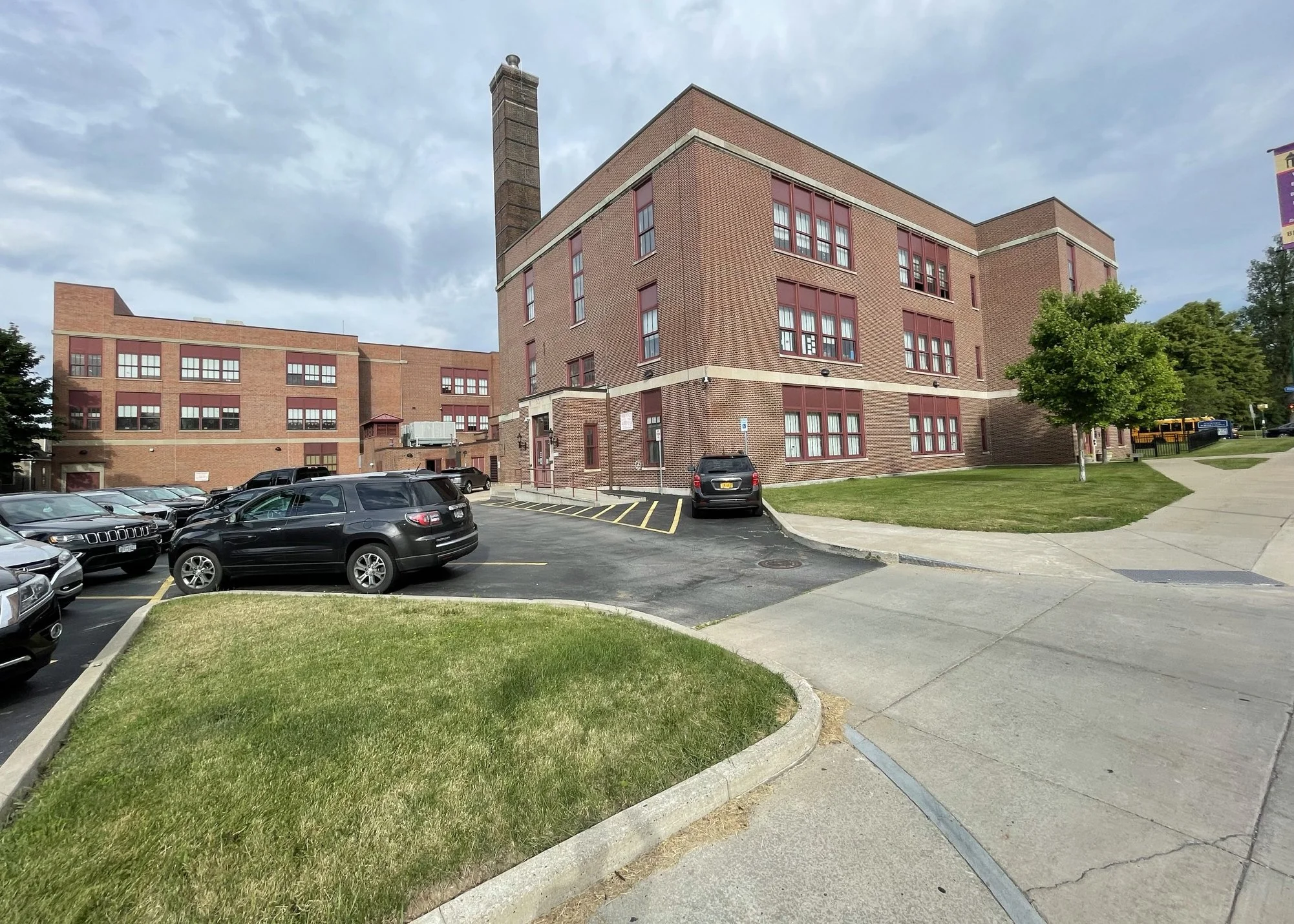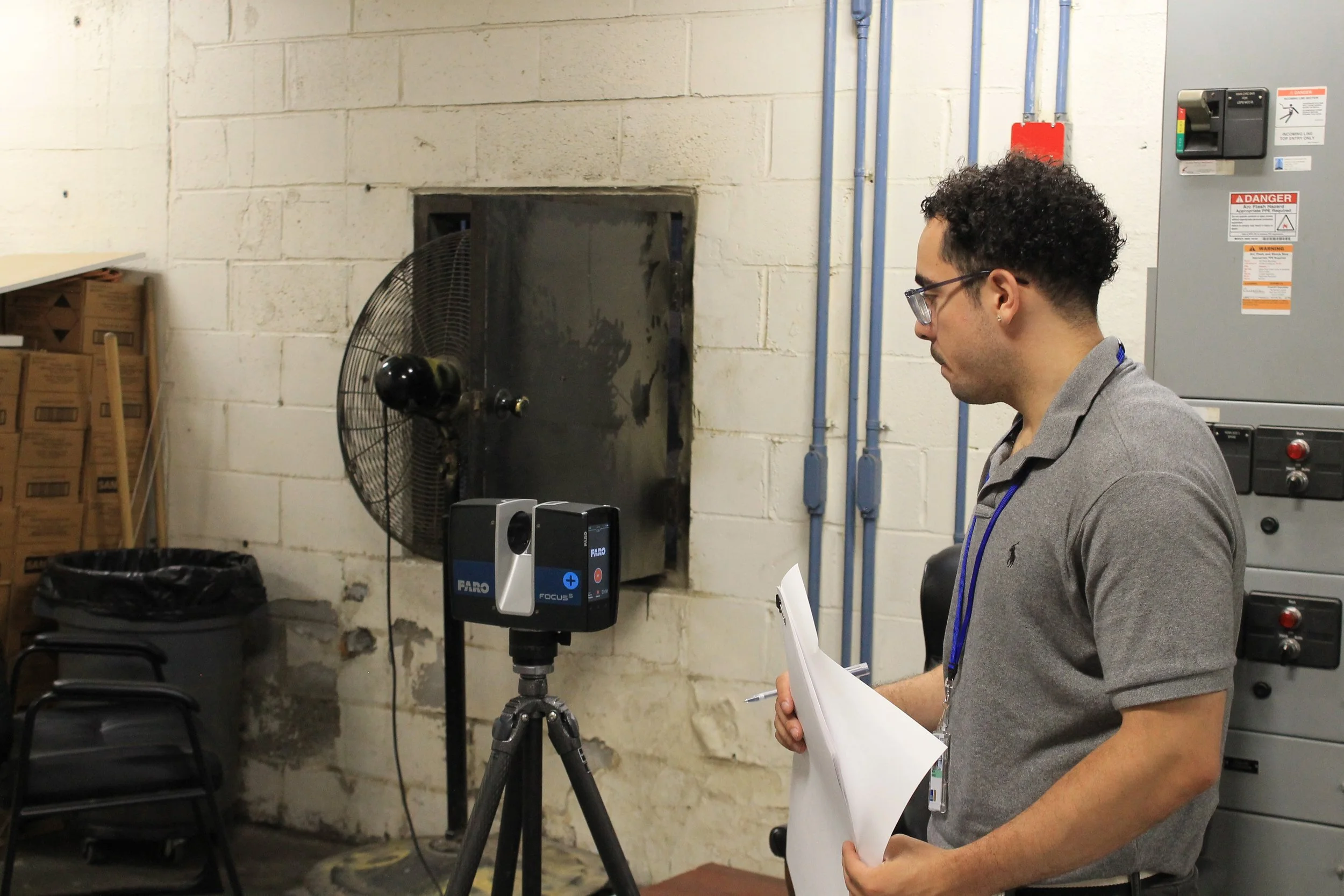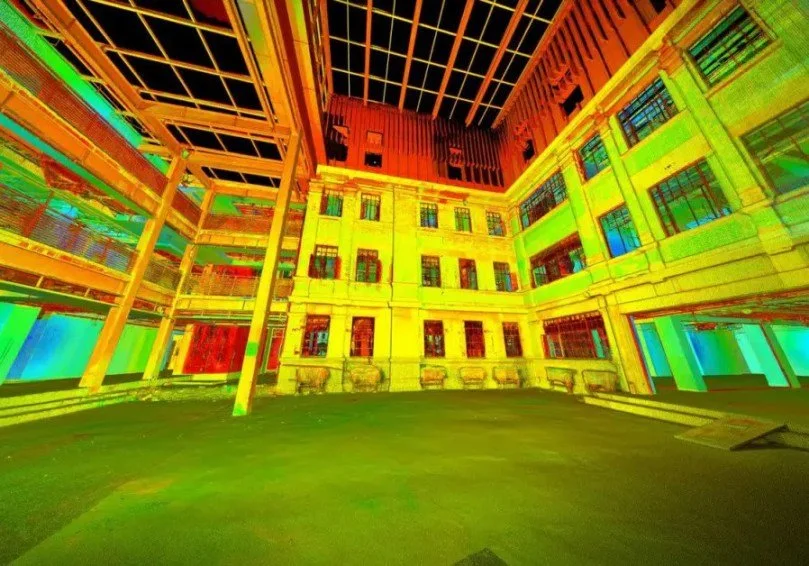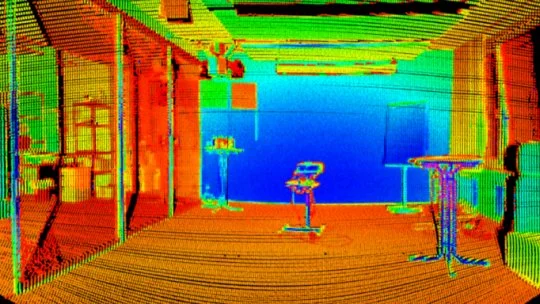Transforming Design & Construction with LiDAR 3D Scanning
Authored by: Mike Marun, Associate AIA
With LiDAR progressing and expanding within the AEC industry, NKB is your premier partner for applying this technology effectively. In today’s rapidly evolving design and construction landscape, precision and accuracy are more important than ever. LiDAR 3D laser scanning is redefining how architects, engineers, and builders capture existing conditions, document facilities, and plan for future development.
What Is LiDAR Scanning?
LiDAR – short for Light Detection and Ranging – uses laser pulses to collect millions of data points, forming a precise 3D model of a space or structure. This “point cloud” captures every surface, shape, and dimension with incredible detail, allowing professionals to view and measure environments virtually before construction even begins.
Modern scanners, such as the FARO Focus S150 that NKB employs, achieve accuracy within ±20–30 millimeters, drastically reducing guesswork and ensuring every decision is backed by reliable data.
How LiDAR Elevates Projects
The use of LiDAR scanning supports better outcomes across all phases of the project. Key benefits include:
Higher data accuracy and reduced field errors
Minimized site visits, saving time and travel costs
Enhanced safety when measuring difficult-to-reach areas
Detailed as-built documentation for renovations and additions
Faster data collection – reducing survey time by up to 80%
Seamless integration with Building Information Modeling (BIM)
This technology is equally valuable for both new construction and renovation work, providing a real-world context that improves coordination and decision-making.
Applications Across Industries
LiDAR scanning has become an essential resource for projects in government, education, commercial, and institutional sectors. Common uses include:
As-built and asset documentation
Construction progress monitoring
Historic preservation and restoration
Site topography and surveying
Energy audits and thermal analysis (when paired with thermography)
Clash detection and coordination between building systems
By providing accurate, real-time information, LiDAR supports smarter planning and problem-solving, ultimately improving the quality, safety, and sustainability of the built environment.
A Glimpse Into the Future
As LiDAR technology becomes more accessible and advanced, its role in architecture, engineering, and construction will only continue to expand, and NKB is positioned as your trusted partner in harnessing its full potential. From documenting historic landmarks to enabling digital twins of entire facilities, LiDAR’s precision and efficiency are reshaping how projects are imagined, executed, and maintained.













